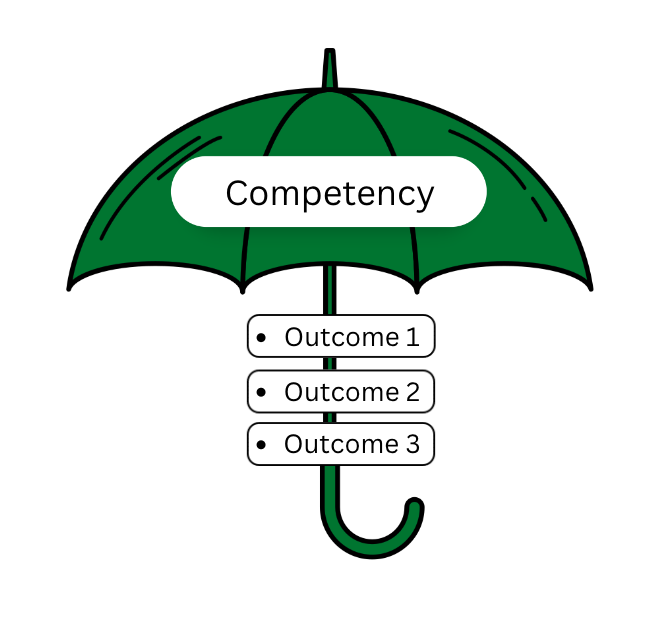Be Authentic In Your Teaching
So in my supervisor’s presence I awkwardly sang and danced like a third-rate Fred Astaire impersonator being forced to perform under duress. The students generally sat quietly but I sensed their good behavior was mostly out of pity… the same reason you clap extra hard for the introverted, passive student who you suspect would find it less painful to walk a mile barefoot on gravel to deliver a 20 page paper to you, than it is to be standing there in the front of your class giving a three minute presentation.
The minute my supervisor left the classroom, though, everything changed. The students’ faces brightened, they sat up straighter, they became more engaged and eager to learn. Nothing changed in my lesson plan, but a mundane lesson would suddenly become an effective one. I stopped trying to entertain the students in a way that was not natural for me, and began engaging with them in a way that was.
What my supervising teacher did not realize was that at age 20 I had been teaching children for years in other contexts. I had already developed my own teaching philosophy and style, and it was unlike the one she tried to instill in me. Though I tried as hard as I could, I just could not be truly effective as long as I was merely trying to emulate a style or use techniques that were not authentic to my teaching self.
I often reflect on what this experience taught me about student engagement. Student-centered learning activities and lessons are important. It’s helpful to observe other teachers, seek out different techniques and approaches, and build a toolkit of ideas. But equally important is to give yourself the freedom to be authentic with your students. It’s not only acceptable to integrate your own teaching philosophy and personality into those well-planned lessons, but doing so just might just end up being the most powerful tool you have in your teaching toolkit.


